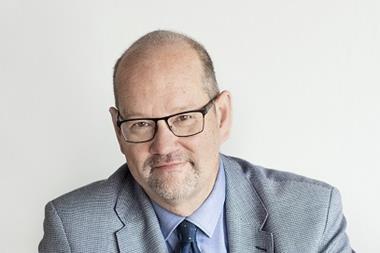DENMARK - Investments at PensionDanmark produced a pre-tax return of DKK9.2bn (€1.23bn) in the first nine months of this year, up 92% from the same period last year, the labour-market fund reported.
Torben Möger Pedersen, managing director of the pension fund, said the return was "very satisfying". The figure compares with DKK4.8bn for January to September 2011.
He added that the most important thing for members was a stable, high return before pensionable age, and that the fund was able to ensure a high level of stability for pensions in payment.
"With the global economy uncertain, we have focused on increasing investment in property and infrastructure, where profits are less dependent on current economic conditions," Möger Pedersen said.
In January to September 2012, the investment return for the different age pools was between 6.3% for members aged 65 and 8.7% for members under 41.
Since the end of the third quarter, the investment return had increased to 7.3% and 8.9% respectively, the fund said.
Total assets under management have increased 10% since the start of the year to DKK134bn and membership has risen by 11,000 to 629,000 since the beginning of 2012.
Contributions totalled DKK7.9bn, little changed from the same period last year.
In other news, pensions industry association Forsikring & Pension (F&P) said the proportion of new pensioners receiving private pensions had risen 15 percentage points in 10 years.
Between 2000 and 2010, the youngest cohort of pensioners who receive payments from labour market and private pensions increased to 45% from 30%, according to estimates from the association.
Jan Hansen, director of insurance at F&P, said: "Over time, the difference will fade even more, with an increasing proportion of pensioners receiving payments from labour-market and private pensions."
There continued to be differences from one Danish municipality to another in terms of the proportion of pensioners receiving a private pension, the association said, adding that a major reason for this was the difference in local education levels.
Metropolitan municipalities were home to a larger proportion of retirees with a higher level of education, who often had work-related pensions.
Rural areas, however, had a greater share of unskilled and skilled workers, fewer of whom had a pension linked to their job, F&P said.
But these differences between municipalities were gradually narrowing as unskilled and skilled workers increasingly became covered by occupational pensions, it said.












No comments yet